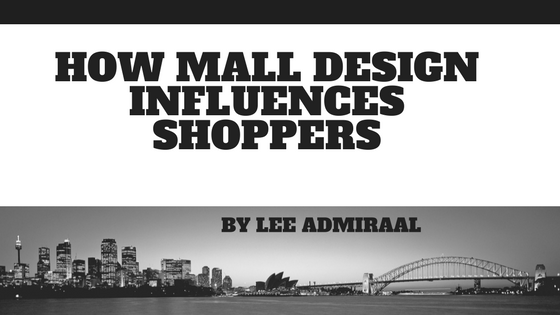When you enter a shopping mall, what strikes you? Are you indifferent to dated or overly generic designs, or drawn to interesting, unique creative elements? Maybe the presence of installed plants, small trees and other vegetation makes you feel serene; perhaps a multi-level scheme imparts a sense of awe at such a mall’s grand, sprawling scale. Regardless of the fluctuations between individual reactions, one thing holds true of them all: these perceptions undoubtedly exist, and they likely play a role in coloring how long shoppers stay, how much they buy, and whether (and how frequently) customers will return.
“Shopping centers need to be about place, experience, and convenience,” says retail architect David Chilinski. Certain malls, particularly those in less trafficked locales, may realize that the idea of shopping alone might not be enough of a customer draw to maintain cost-effective sales. To offset their low convenience factor with enticing experience, malls such as these might include some outrageous or fascinating design factor.
Canada’s West Edmonton Mall, for example, hosts within its 5.3 million square feet a world-famous water park featuring the world’s largest indoor wave pool. A slightly more practical example of alluring, experience-based design is the recently built FOC, an enclosed mall in Chicago, which opened strong in 2013, thanks in part to its facility-wide installation of eye-catching works of art.
Designers also capitalize on trends of wide, sprawling, and mind-clearing entranceways that allow customers adequate time to shift into the mall shopper mindset. Such refurbishments are a staple of retail renovators such as Simon Property Group, who recently spent $500 million, largely on expansive, standalone entrance vestibules.
But mall entranceways are only the start of smart mall design; getting to the matter’s heart requires an examination of a particular facet of mall shoppers’ psychology. In truth, many customers favor malls simply for the communal experience; often, people shop in company, among others doing the same–eliciting closeness, safety and comfort–lowering our natural guard and allowing us to associate the pleasurable feelings of companionship with purchasing new things.
Space which allows for the greatest possible facilitation of shopping malls’ community aspect is favored among designers; for instance, PCL Construction Services’ renovation of Bloomington, Minnesota’s Mall of America included replacing the mall’s dark finishes with more aesthetically mild white tiles, lighter walls, and clear glass handrails.
Centralizing a mall’s community hub–its food court–also serves to better establish malls as a communal magnet. Design company Callison utilized this strategy when relocating the Guildford Town Center’s food court closer to the street, in order to eliminate perceptions of the mall as impenetrable and foreign, and render it more “approachable,” according to Callison architect Steve Dwoskin.
Empathetically minded design schemes such as these may reinforce agreeable feelings in shopping malls’ common areas, which consumers then carry into stores. It’s common sense that the residents of any space will be more likely to stick around if they feel it provides a welcome, pleasurable ambiance, and wise designers have capitalized on the fact that malls which implement designs catering to primal human drives beyond base consumerism draw larger crowds, and sell more products.

